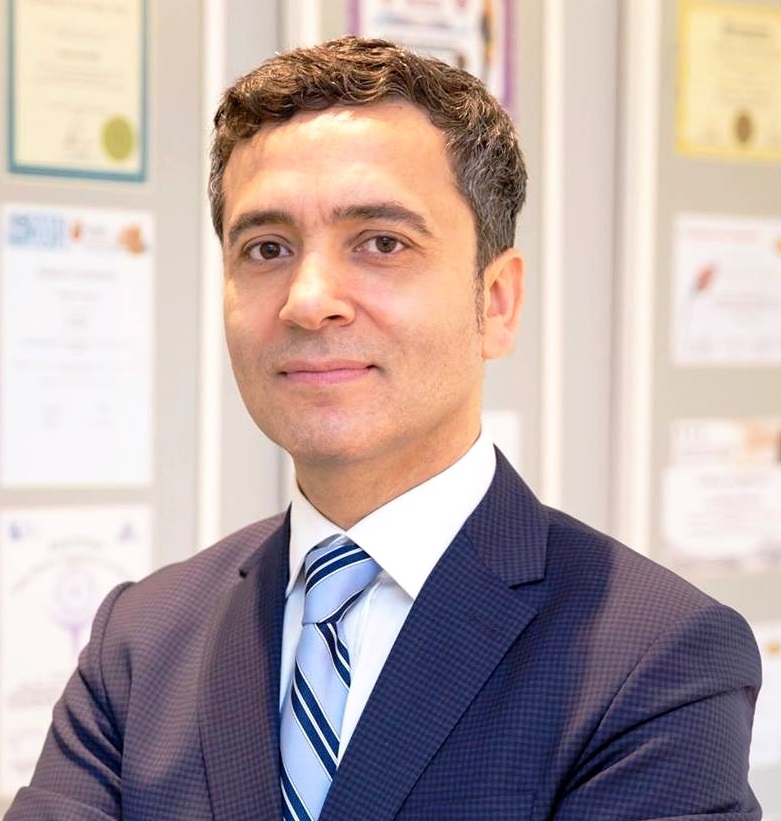Day 1 :
Keynote Forum
Süleyman Eserdağ
International Society of Aesthetic Genital Surgery and Sexology, Turkey
Keynote: Treatment modalities of Vaginismus and Dyspareunia
Time : 11:05-11:50

Biography:
Abstract:
Keynote Forum
Rafal Kuzlik
SaskaMed Clinic, Poland
Keynote: Different techniques being used in the field of plastic and reconstructive gynaecology
Time : 11:50-12:35

Biography:
Abstract:
Keynote Forum
Paul H Sugarbaker
Keynote: A surgical perspective on the management of ovarian cancer: A video presentation
Time : 09:55-10:00

Biography:
Abstract:
- Gynecology | Gynecologic Cancer | Cosmetic Gynecology

Chair
Paulina Cegla
Greater Poland Cancer Centre, Poland
Session Introduction
Qu Ang
Peking University Third Hospital, China
Title: Preliminary results of nimotuzumab plus concurrent IMRT and chemotherapy on cervical cancer
Biography:
Abstract:
Paulina Cegla
Greater Poland Cancer Centre, Poland
Title: Dual tracer FLT-FDG-PET/CT in the assessment of biological parameters for simulated treatment planning in patients with cervical cancer
Biography:
Abstract:
Ghufran Jassim
Royal College of Surgeons in Ireland - Medical University of Bahrain, Bahrain
Title: Knowledge attitudes and practices regarding cervical cancer and screening among women visiting primary health care centers in Bahrain
Time : 14:45-15:15
Biography:
Abstract:
Süleyman Eserdağ
International Society of Aesthetic Genital Surgery and Sexology, Turkey
Title: Where are we in aesthetic genital surgeries for a better feminine life?

Biography:
Abstract:
- Gynecology | Gynecologic Cancer | Uro-Gynecology | Gynecologic Cancer: Case Reports

Chair
Daniel U Reimer
Medical University Innsbruck, Austria
Session Introduction
Rafal Kuzlik
SaskaMed Clinic, Poland
Title: Radiofrequency - new solution for treatment of vaginal laxity, urinary incontinence and sexual disorders

Biography:
Abstract:
Qu Ang
Peking University Third Hospital, China
Title: Dosimetry and efficacy analysis of 125i radioactive seeds implantation for cervical cancer with pelvic recurrent after radiotherapy
Biography:
Abstract:
Biography:
Abstract:
Sristee Shrestha Prajapati
Bhaktapur Cancer Hospital, Nepal
Title: Outcome of staging laparotomy in ovarian mass in limited resource centre
Biography:
Abstract:
